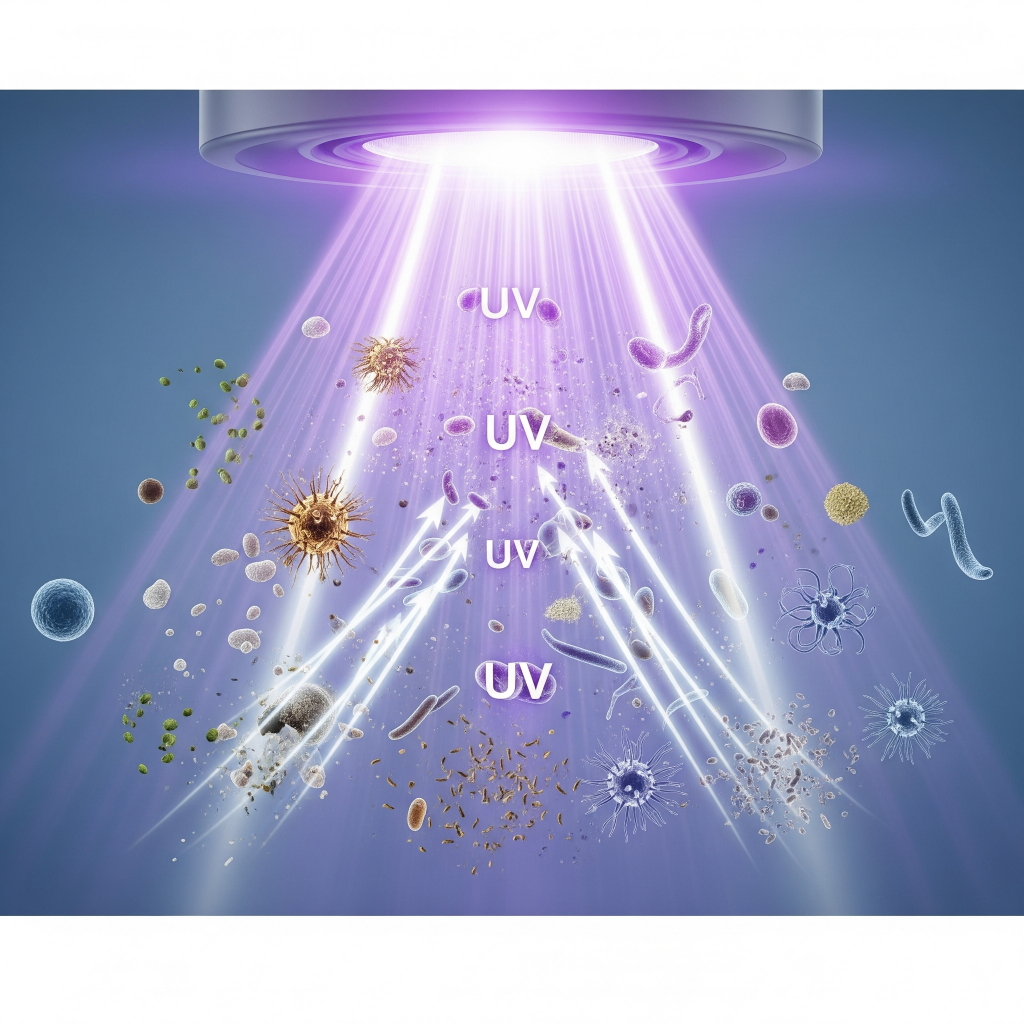A silent threat perpetually looms in communal living spaces, particularly aged care facilities: respiratory infections. These illnesses, ranging from seasonal flu to more serious viral threats like COVID-19, pose a significant risk to vulnerable older populations, leading to increased morbidity, mortality, and immense strain on healthcare systems. However, a recent groundbreaking study from Australia offers a beacon of hope, demonstrating that a surprisingly simple and cost-effective solution—Ultraviolet (UV) technology—can significantly reduce the incidence of these infections.

Scientists from the Flinders Health and Medical Research Institute (FHMRI) and SAHMRI conducted a pivotal study, recently published in JAMA Internal Medicine, exploring the effectiveness of germicidal ultraviolet (GUV) appliances. These commercially available devices utilize UV-C light to purify air by deactivating harmful microorganisms, including viruses and bacteria. The findings offer a compelling case for widespread adoption.
The Power of Light: A Proven Reduction in Infections
The trial involved installing GUV appliances in communal areas of four aged care homes across South Australia. Over a two-year period, researchers meticulously compared infection rates in areas with and without the active UV technology. The results were clear and highly encouraging:
- Significant Reduction: The GUV appliances reduced rates of viral respiratory infections in vulnerable older Australians by over 12%.
- Measurable Impact: This translated to approximately 0.3 fewer cases of respiratory infections per week in the facilities using the technology, making a noticeable difference in resident health outcomes.
- Complementary Protection: The study emphasizes that this technology, when used in conjunction with existing infection control measures (like hand hygiene and vaccination), provides an additional layer of protection, particularly valuable against widespread seasonal viruses and emerging pathogens.
Ease of Implementation, Broad Potential
A key advantage highlighted by Dr. Andrew Shoubridge, the lead author, and Professor Geraint Rogers, the senior author, is the practical accessibility of GUV air-treatment appliances. They are:
- Easy to Install: Their straightforward design allows for relatively simple installation in existing communal spaces.
- Cost-Effective: Compared to more complex air purification systems or the ongoing costs associated with managing outbreaks, GUV technology offers an economical solution.
While the study noted that the technology might not show immediate effects over very short periods, its sustained presence demonstrably contributes to a healthier environment over time. This long-term benefit is particularly crucial for aged care facilities, where residents are continuously exposed to airborne pathogens.
Beyond Aged Care: A Vision for Broader Application
The implications of this research extend far beyond nursing homes. The success of GUV technology in protecting a highly vulnerable population opens doors for its application in other high-traffic or high-risk communal settings, such as:
- Hospitals and clinics
- Schools and universities
- Public transport
- Workplaces
Furthermore, the researchers suggest that this simple yet effective technology could play a significant role in future pandemic preparedness strategies. By continuously sanitizing indoor air, GUV systems can help mitigate the spread of novel pathogens, bolstering public health resilience.
In an era where airborne diseases pose an ongoing challenge, the adoption of accessible solutions like UV technology represents a pivotal step forward. By illuminating the air with germicidal light, we can create safer, healthier environments for our most vulnerable citizens and potentially reduce the burden of respiratory infections on a broader scale.
Leave a Reply